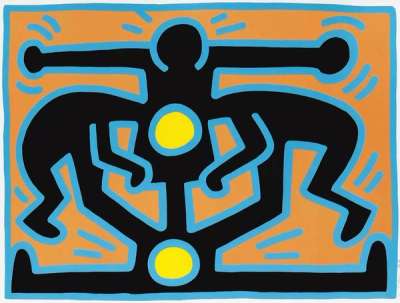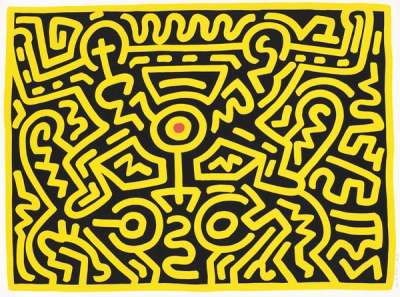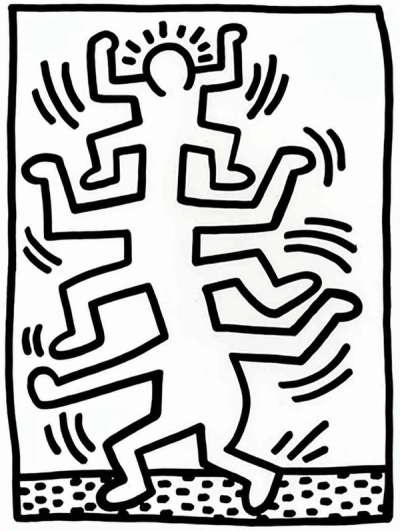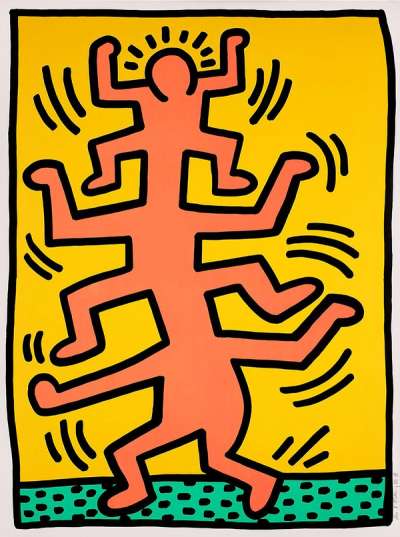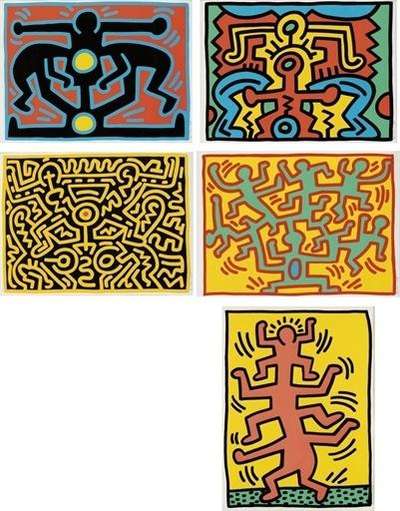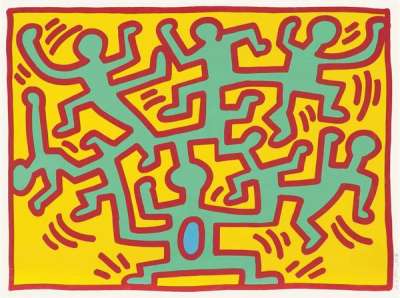
Growing 5

Growing 5
Signed Print
Keith Haring
£20,000-£30,000Value Indicator
$40,000-$60,000 Value Indicator
$35,000-$50,000 Value Indicator
¥180,000-¥280,000 Value Indicator
€24,000-€35,000 Value Indicator
$200,000-$290,000 Value Indicator
¥3,830,000-¥5,740,000 Value Indicator
$25,000-$40,000 Value Indicator
AAGR (5 years) This estimate blends recent public auction records with our own private sale data and network demand.
There aren't enough data points on this work for a comprehensive result. Please speak to a specialist by making an enquiry.
Medium: Screenprint
Edition size: 100
Year: 1988
Size: H 72cm x W 98cm
Signed: Yes
Format: Signed Print
TradingFloor
Track this artwork in realtime
Watch artwork, manage valuations, track your portfolio and return against your collection
Track auction value trend
Auction Results
| Auction Date | Auction House | Location | Hammer Price | Return to Seller | Buyer Paid |
|---|---|---|---|---|---|
| November 2023 | Doyle Auctioneers & Appraisers | United States | |||
| March 2023 | SBI Art Auction | Japan | |||
| March 2020 | Sotheby's London | United Kingdom | |||
| March 2012 | Christie's London | United Kingdom | |||
| October 2009 | Christie's New York | United States | |||
| April 2009 | Sotheby's London | United Kingdom | |||
| April 2006 | Sotheby's New York | United States |
Meaning & Analysis
This signed screen print from 1988 is a limited edition of 100 from Keith Haring’s Growing series. Striking in its use of bright colour and bold shapes, Growing 5 shows an unusual arrangement of figures. Much like other works in the series, Growing 5 is symmetrical in composition, showing two central figures with their arms outstretched and a figure on either side with their bodies bent over inwards, hiding their heads.
A sense of pattern is created by Haring in this print through his use of angular lines and flattened picture plane. Growing 5 makes clear the way in which Haring’s work appeals to both children and adults alike, using a limited colour palette of four vivid colours – red, blue, yellow and green – and simplified shapes that interlock with one another. Haring’s figures in this print are conjoined and flow into one another so as to emphasise a sense of community and the power of working together.
Haring’s use of symmetry along a vertical central axis and abundance of form marks a clear affinity with Australian Aboriginal and Aztec art. Across the image Haring uses concentric circles, curving, organic lines, figures and zig zags, to create an abstract pictorial system that moves and flows with the viewer’s eye. Indeed, Haring’s focus on pattern makes this work distinctly ‘primitive’, much like that of the European Modernists like Klee and Matisse.
Keith Haring was a luminary of the 1980s downtown New York scene. His distinctive visual language pioneered one-line Pop Art drawings and he has been famed for his colourful, playful imagery. Haring's iconic energetic motifs and figures were dedicated to influencing social change, and particularly challenging stigma around the AIDS epidemic. Haring also pushed for the accessibility of art by opening Pop Shops in New York and Japan, selling a range of ephemera starting from as little as 50 cents. Haring's legacy has been cemented in the art-activism scene and is a testament to power of art to inspire social change
